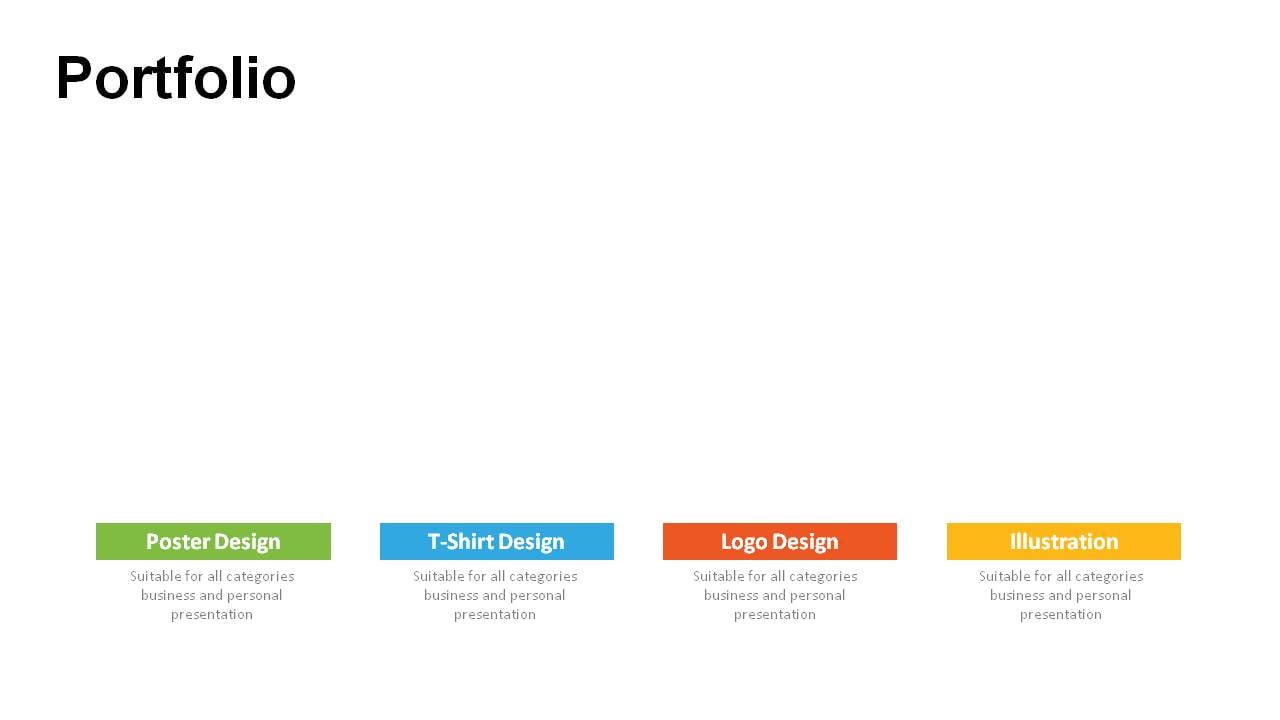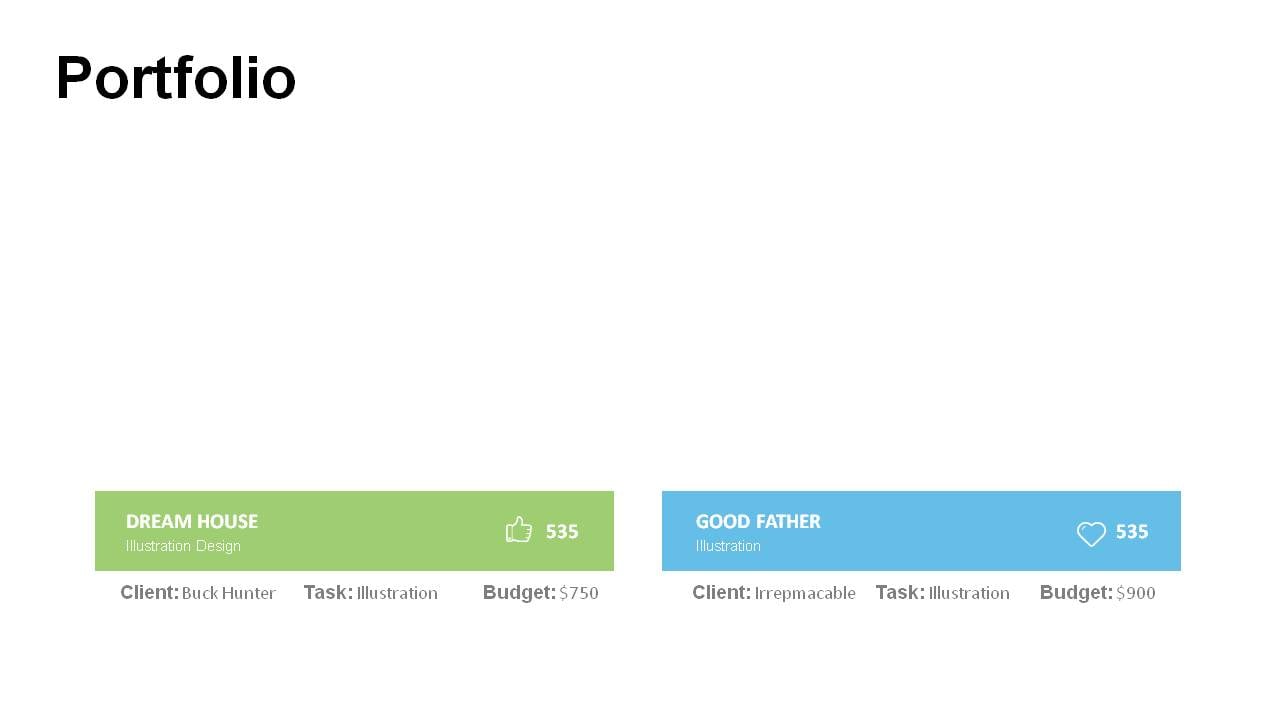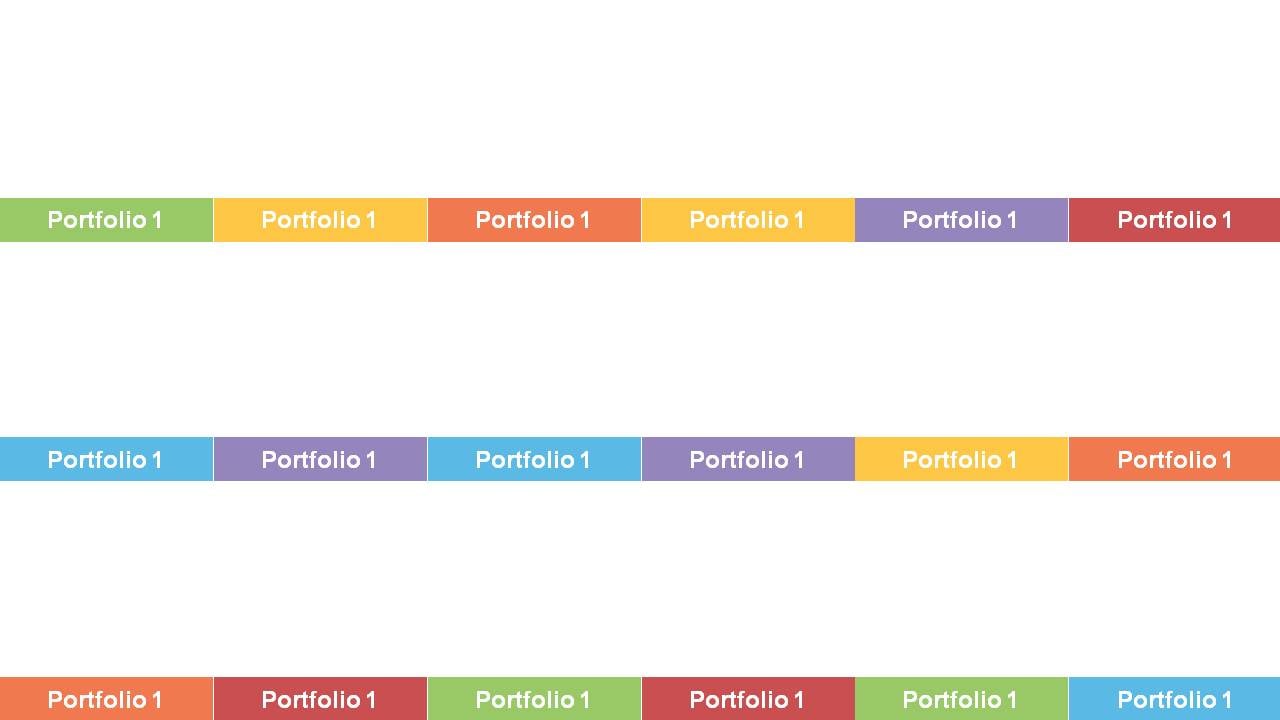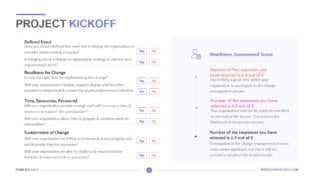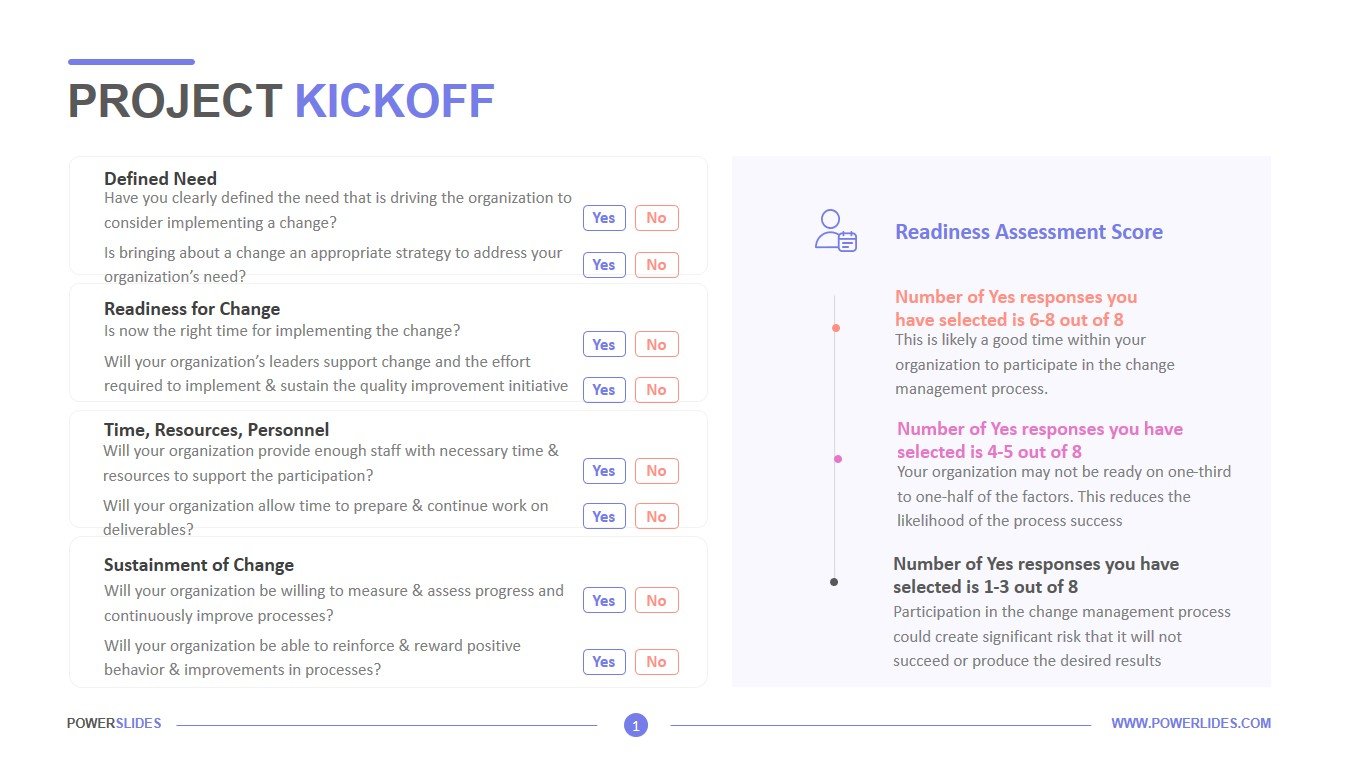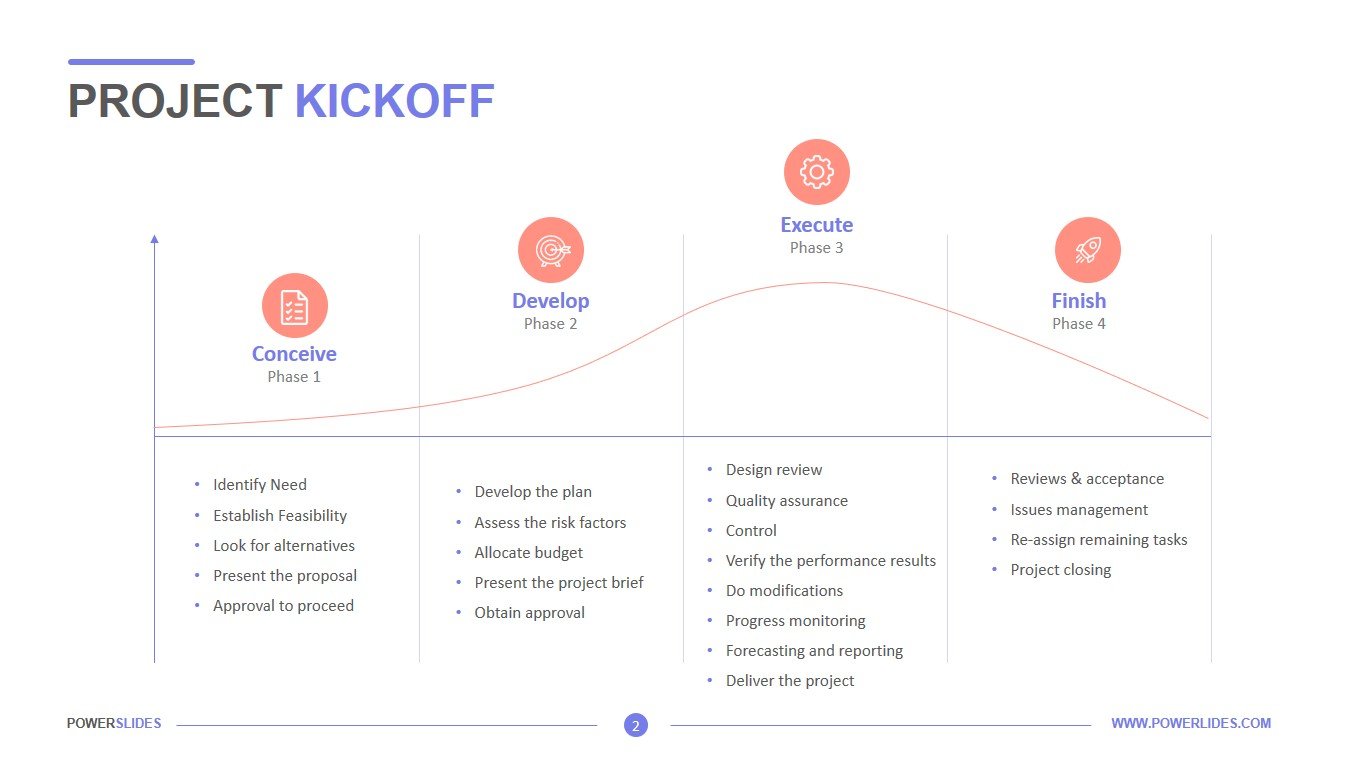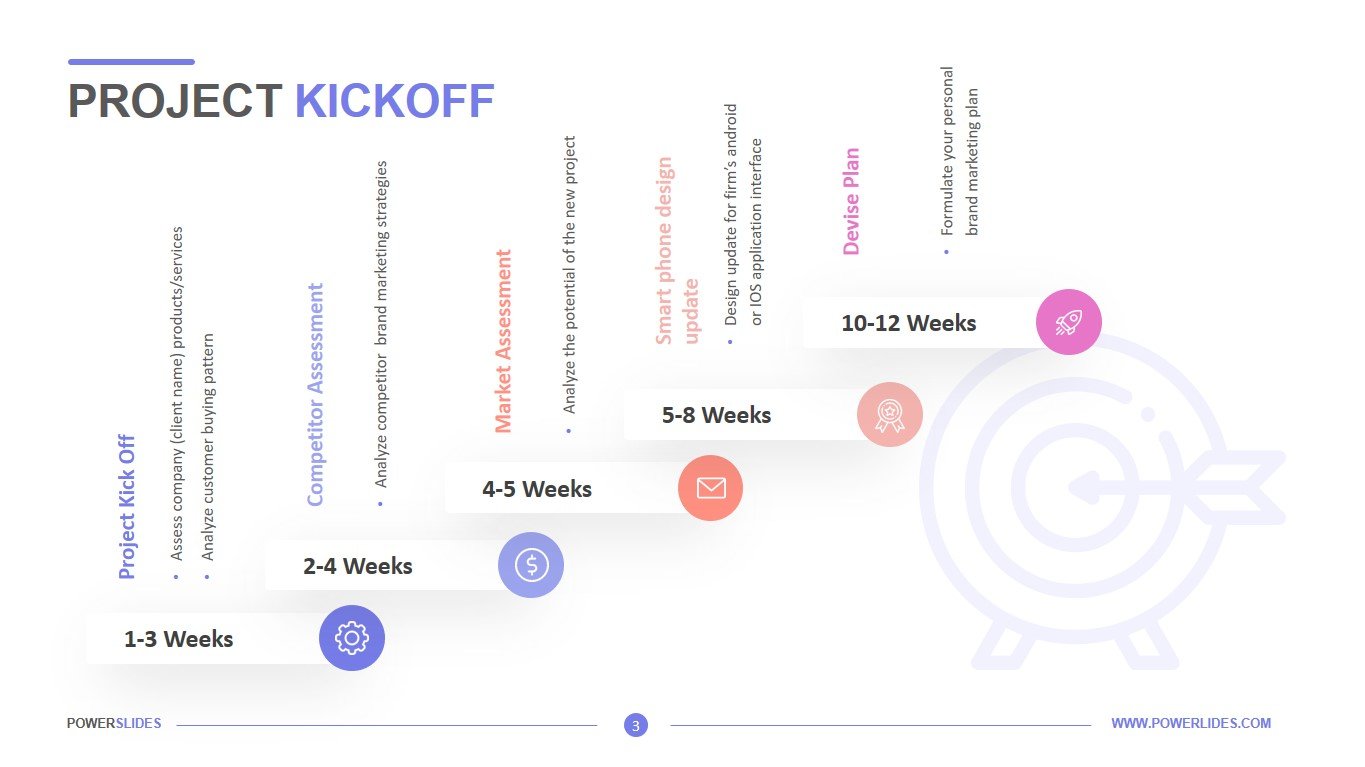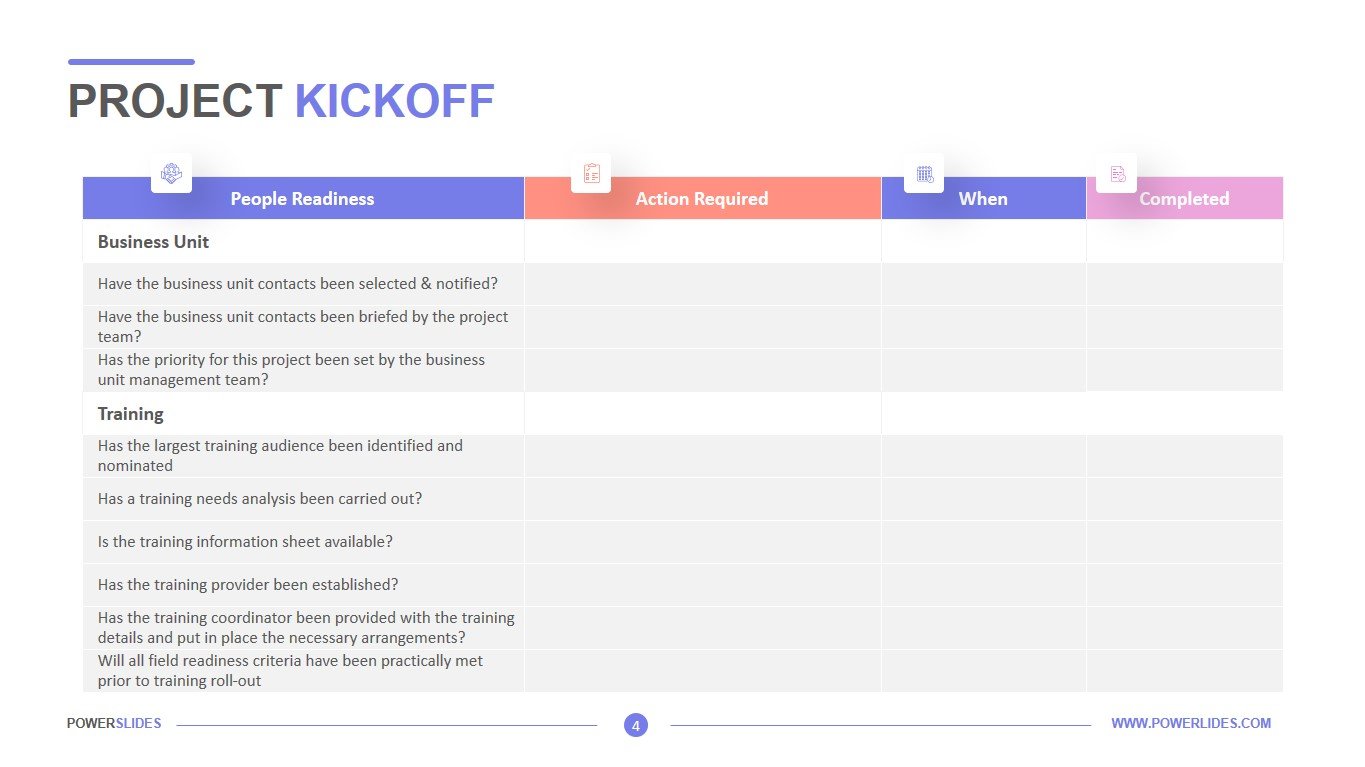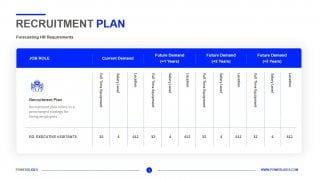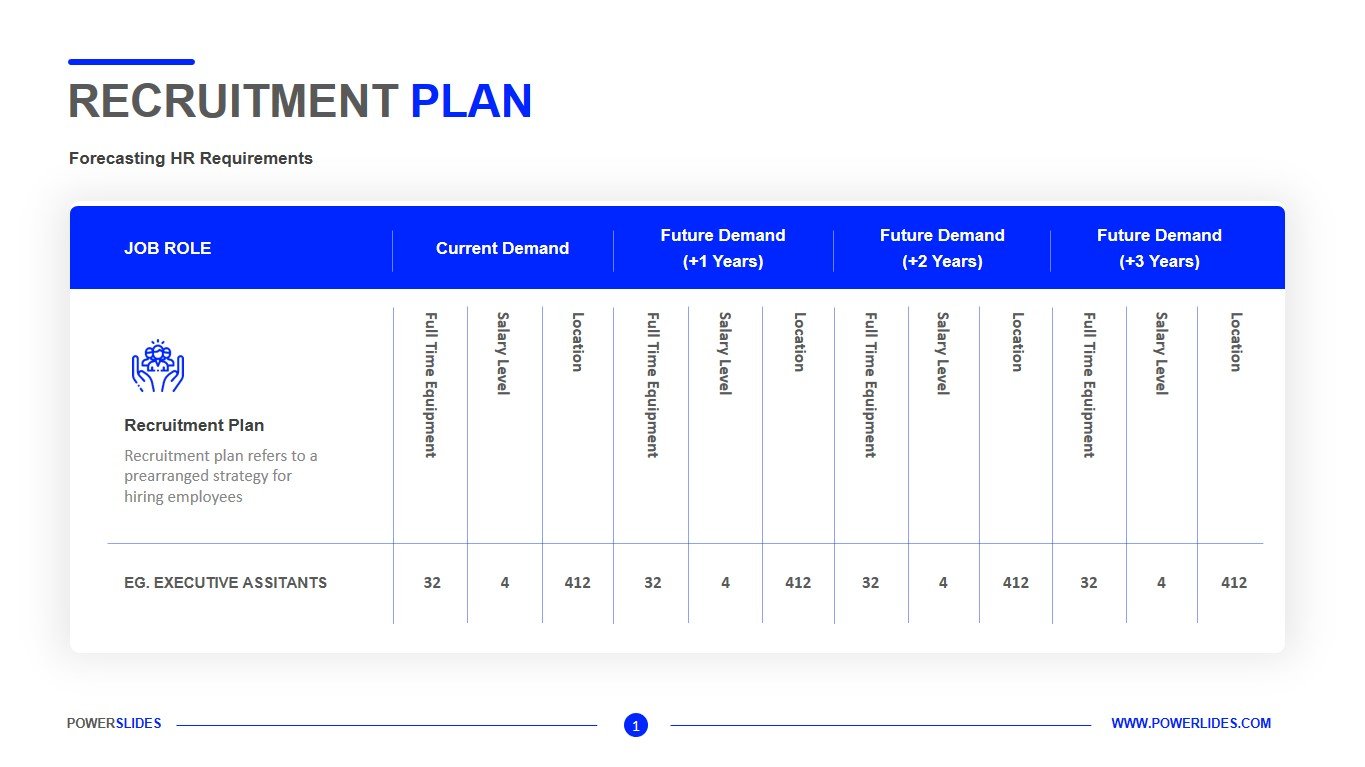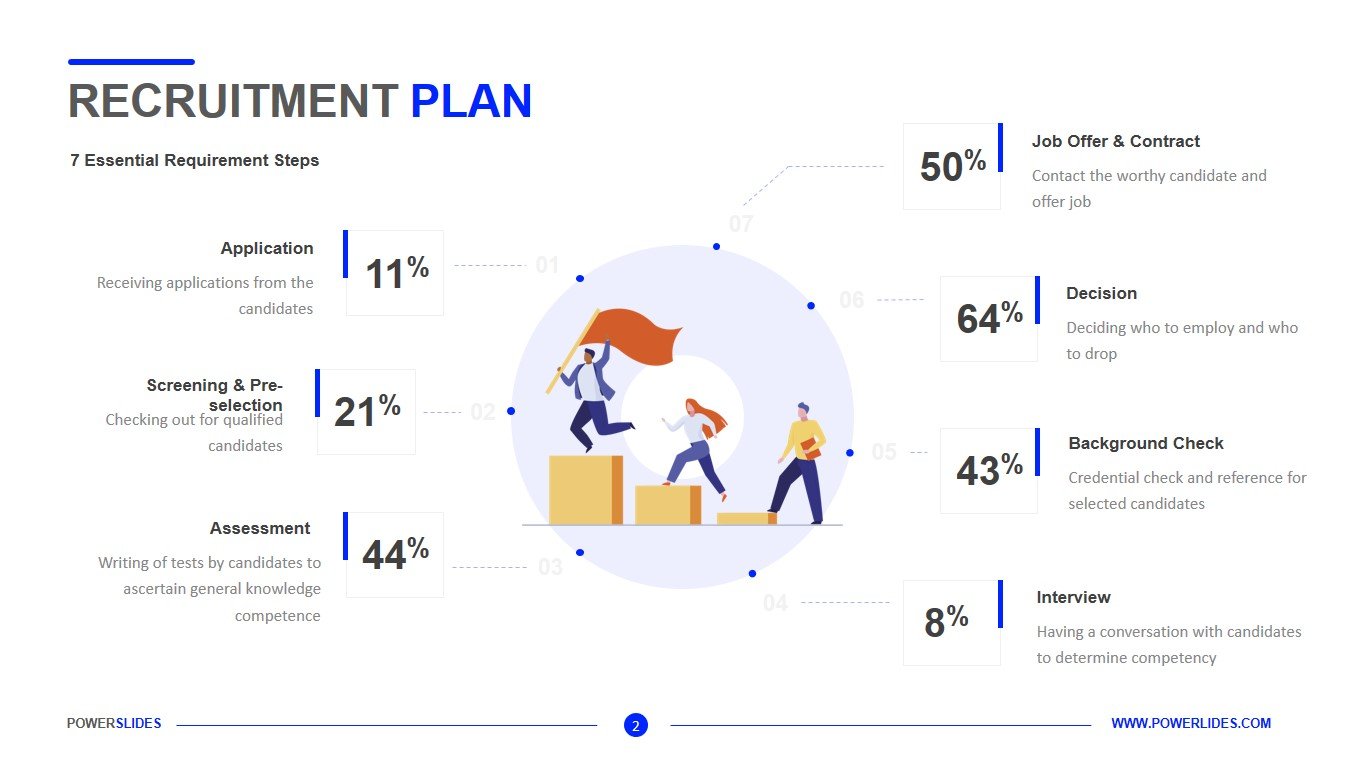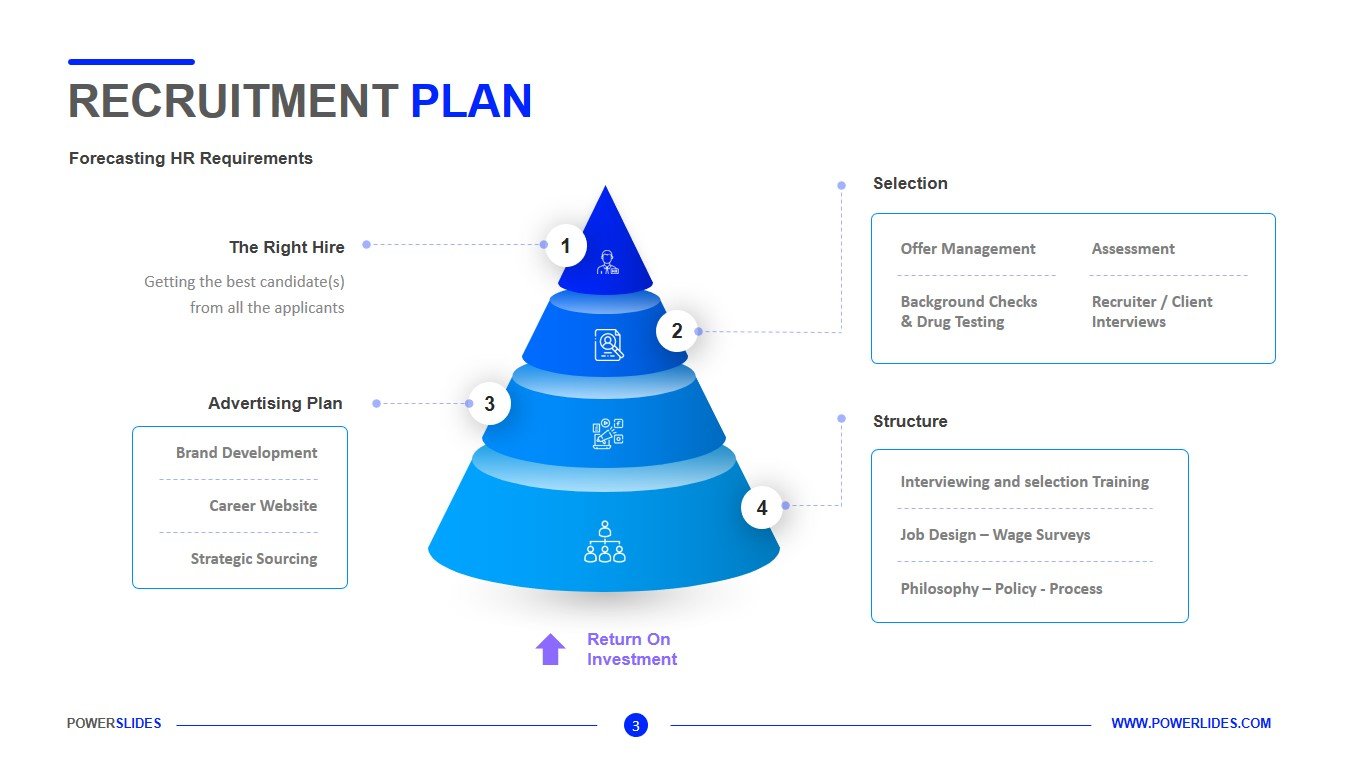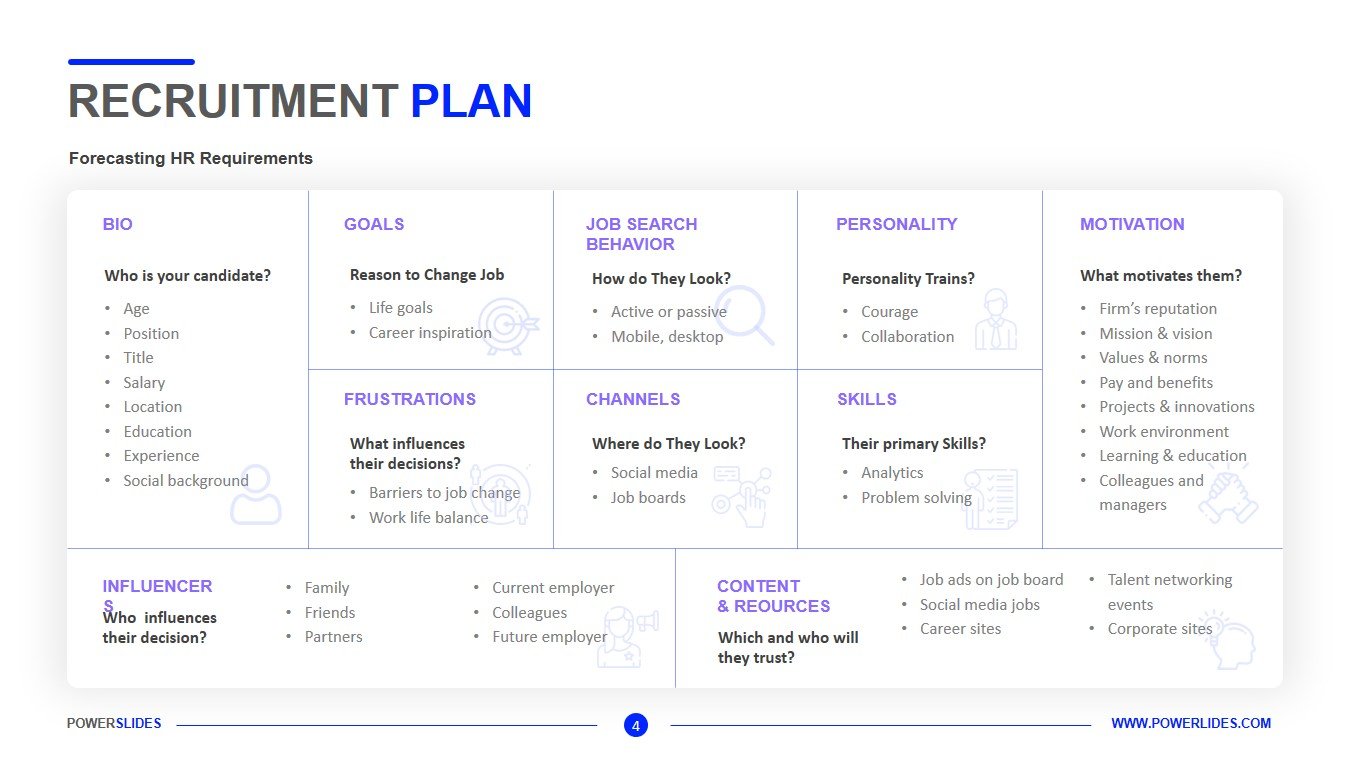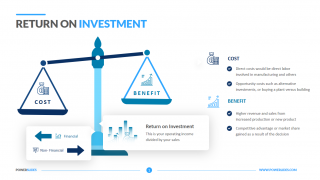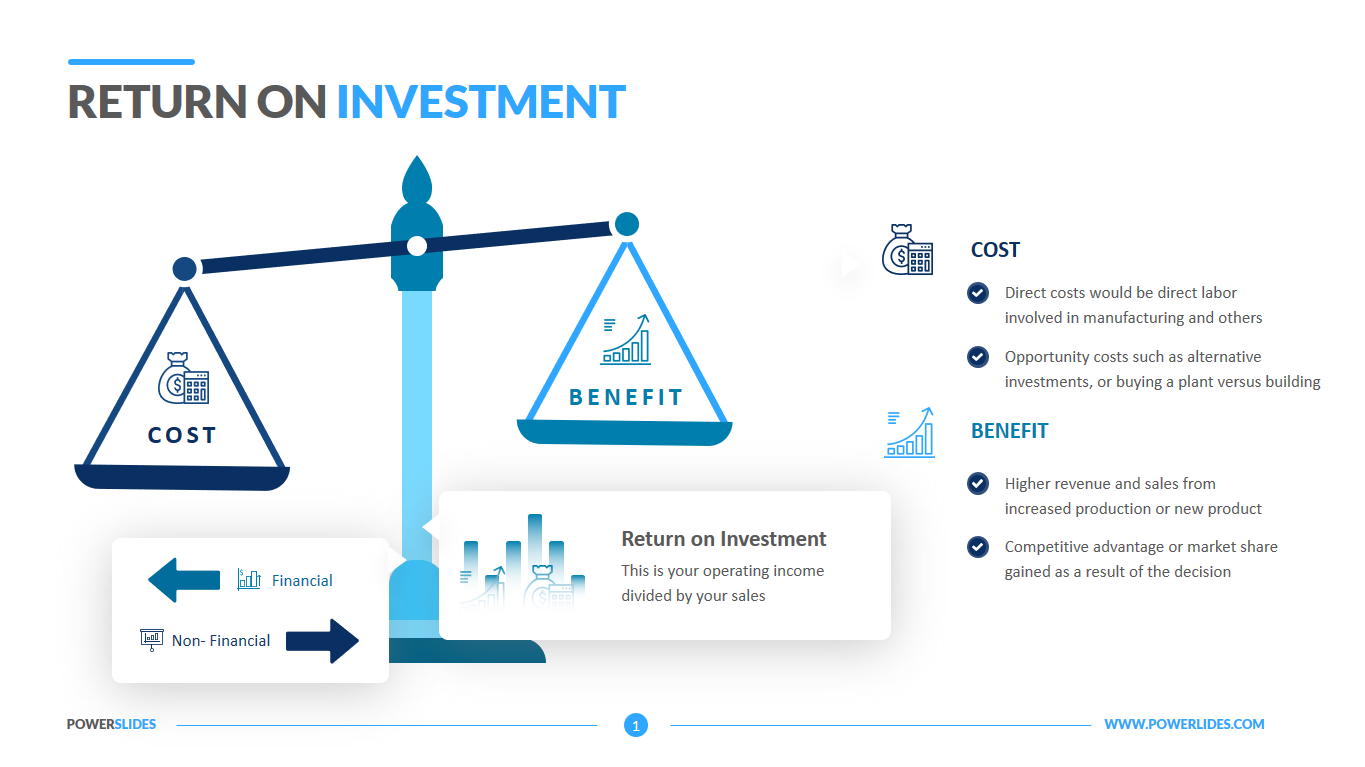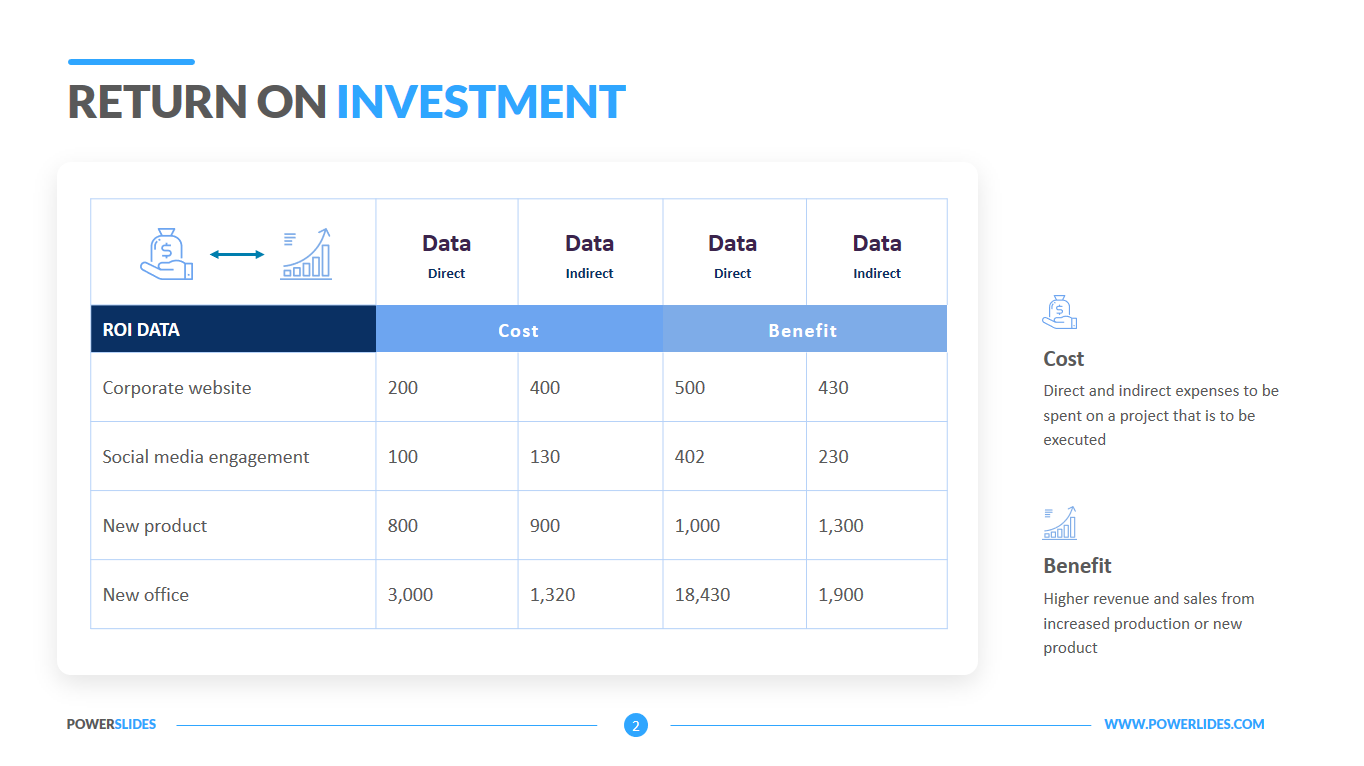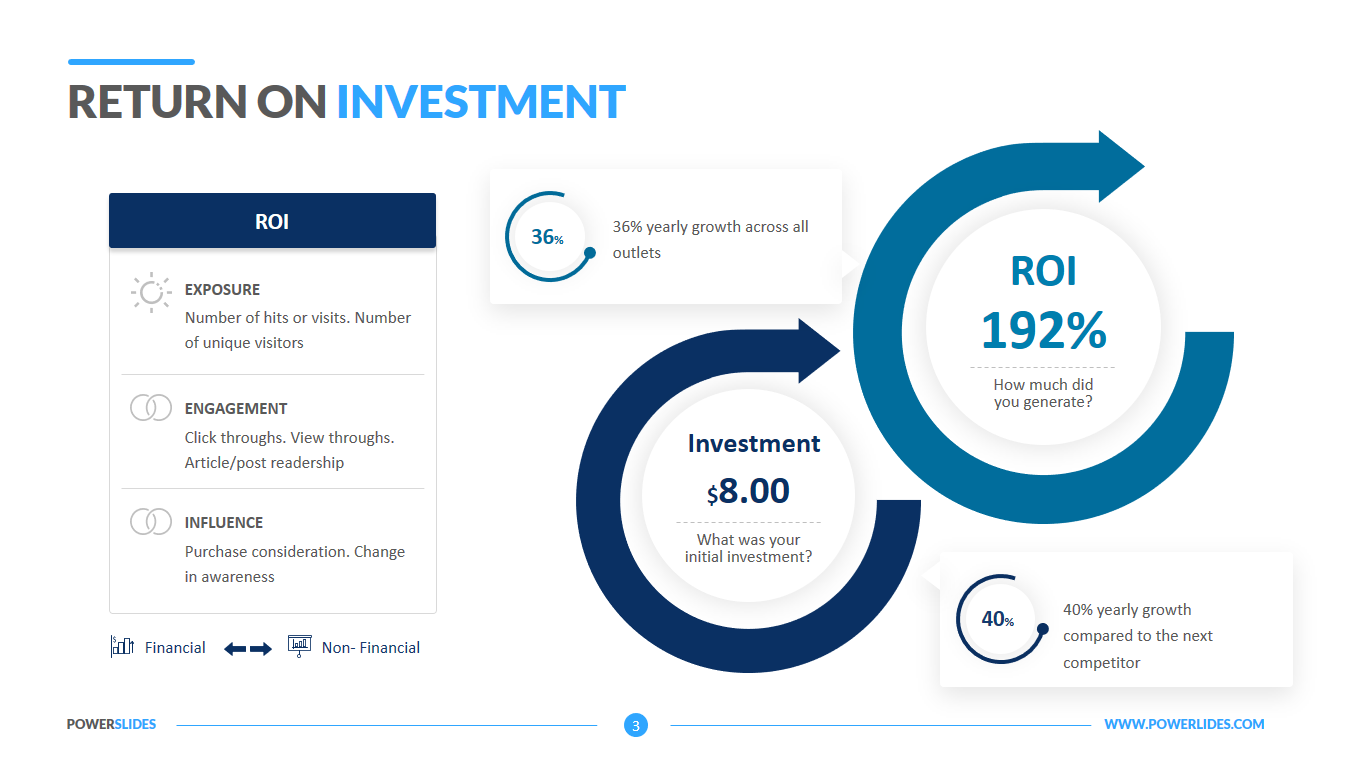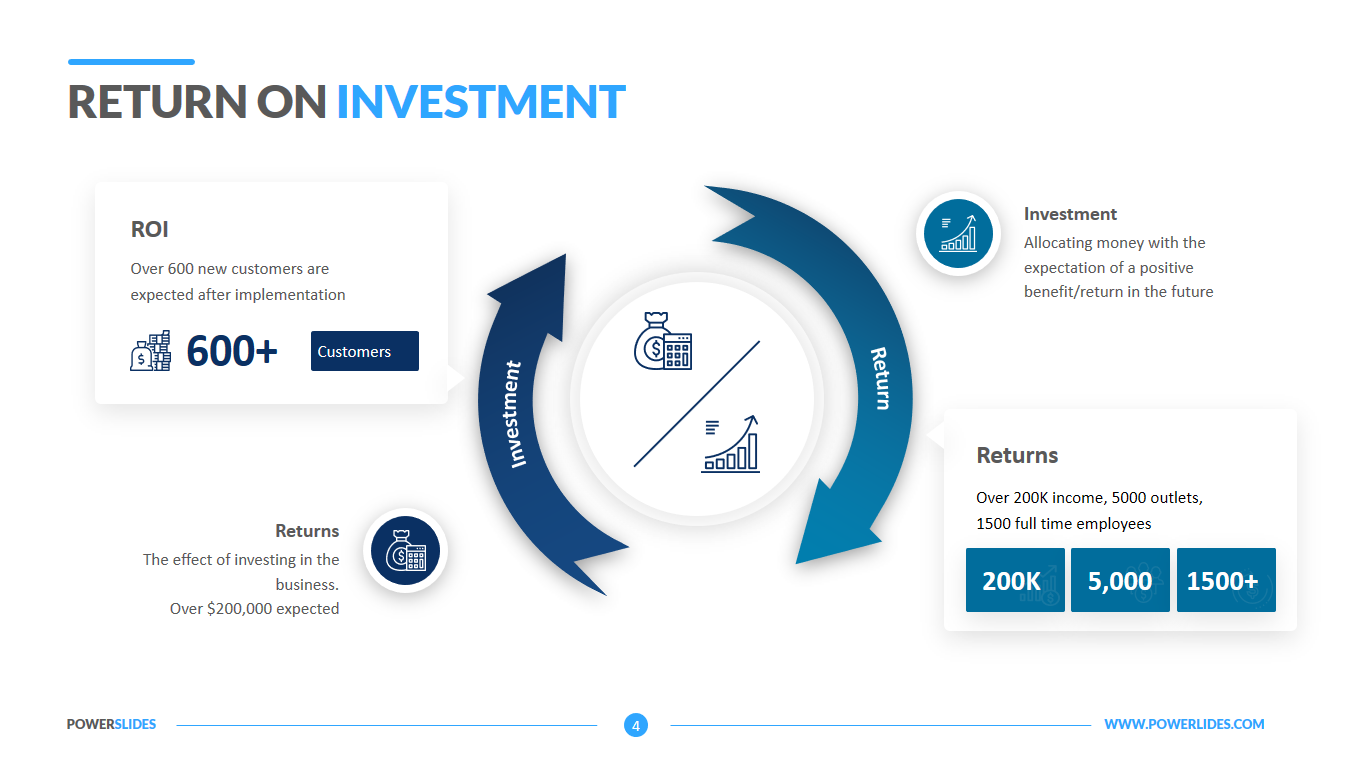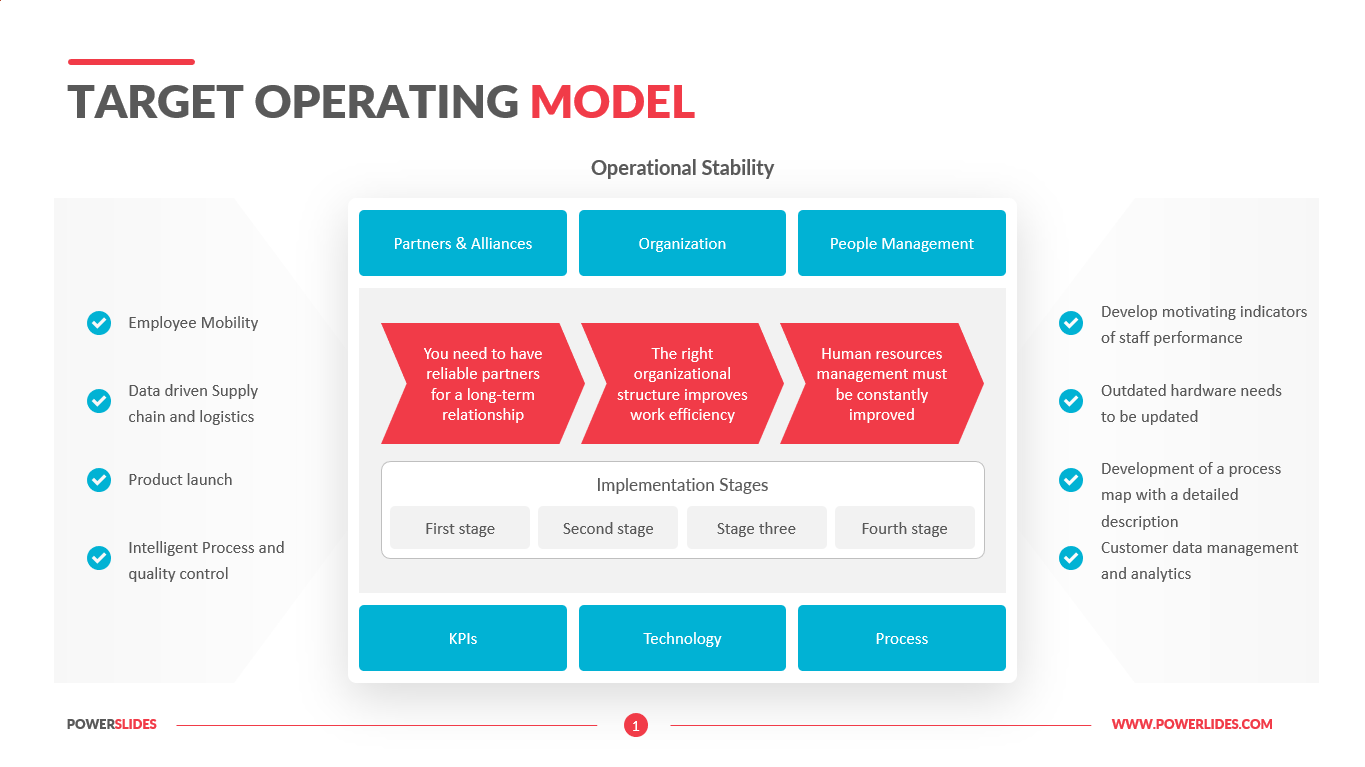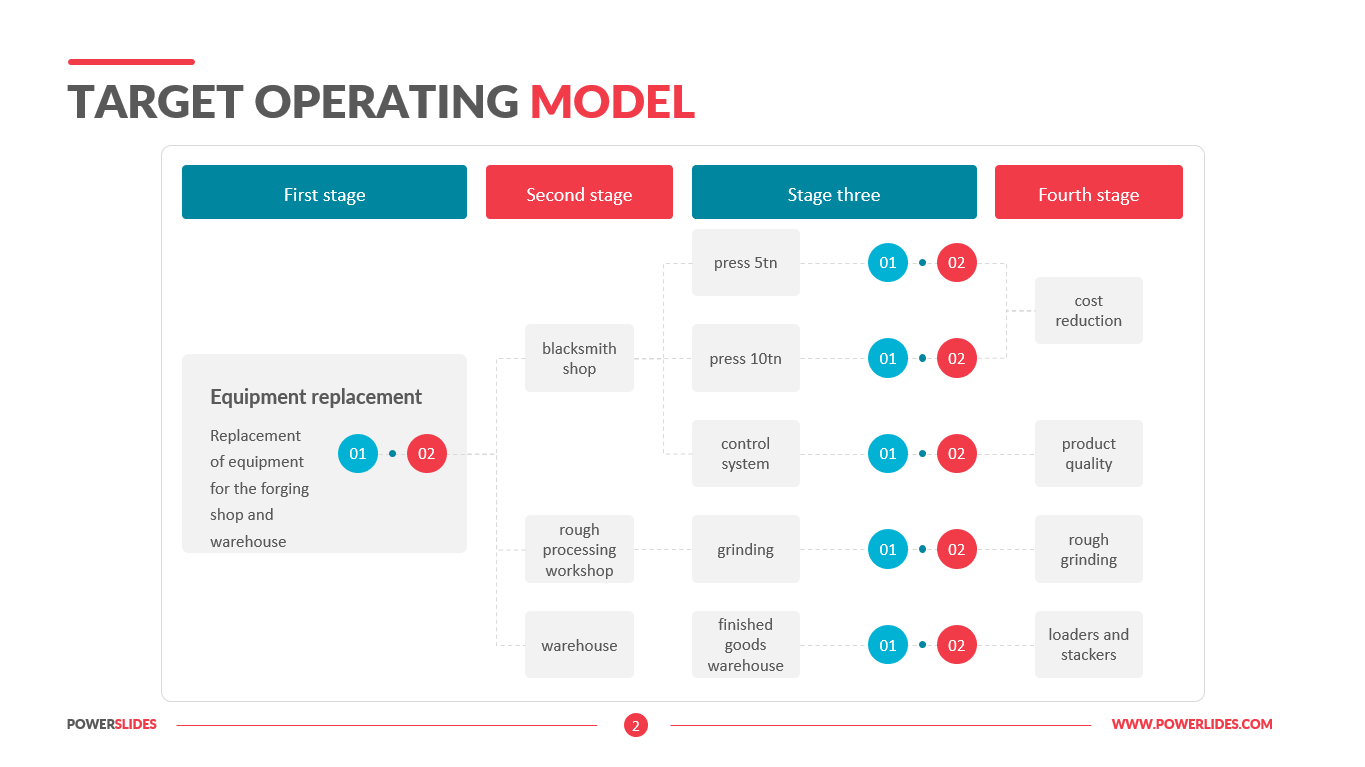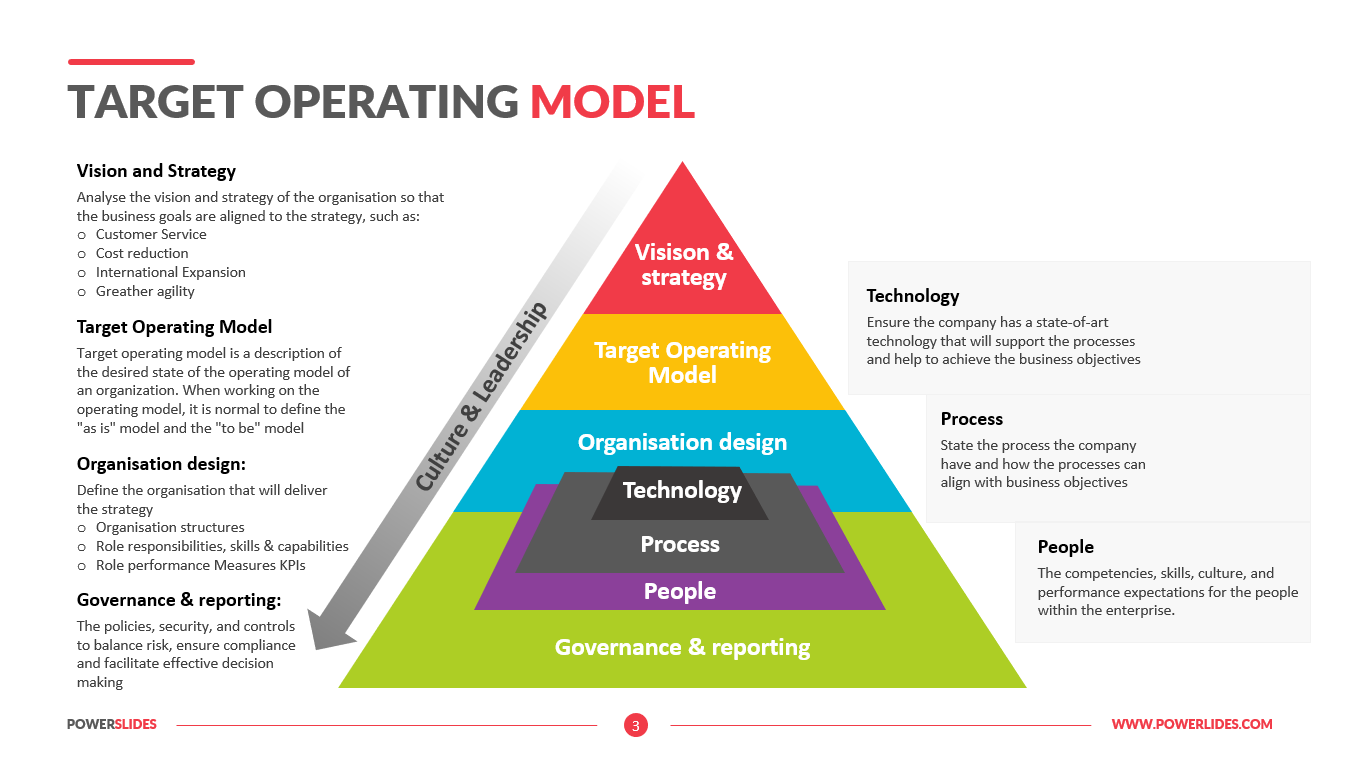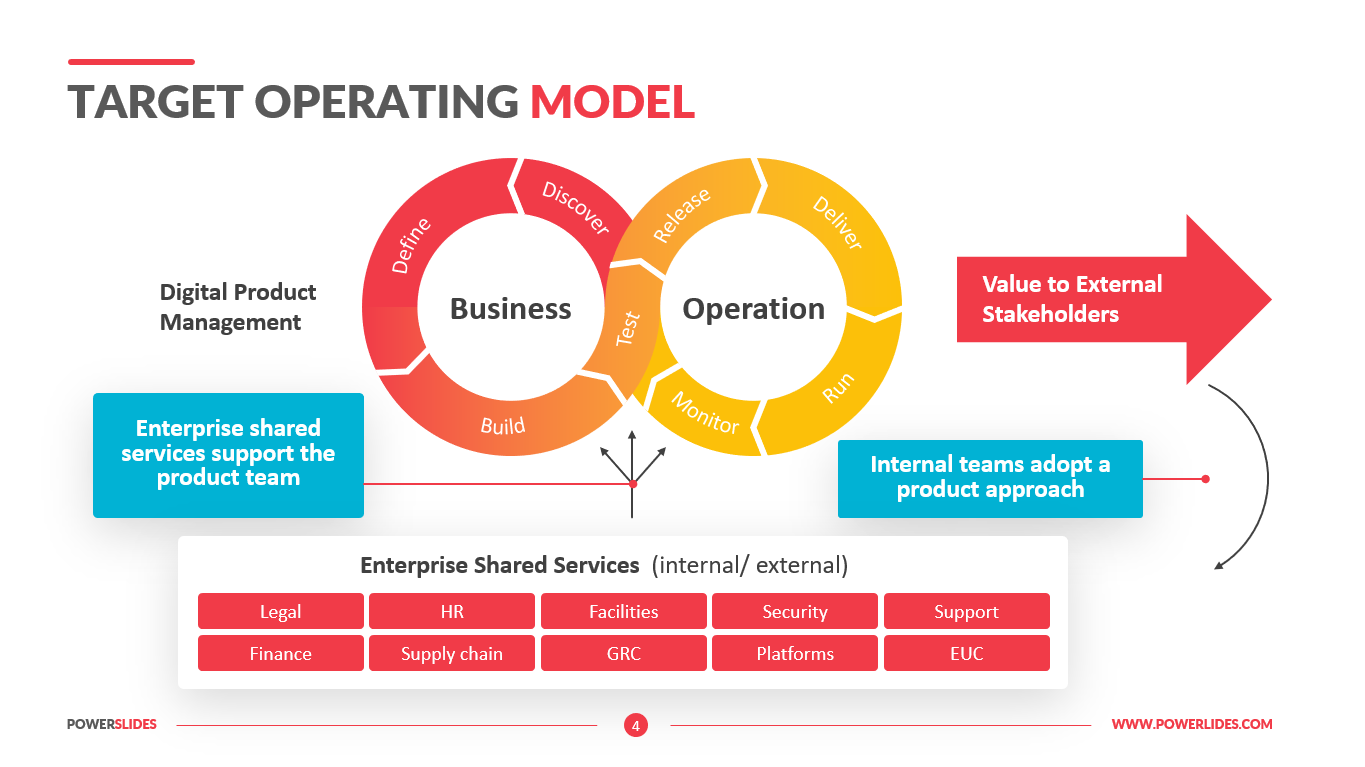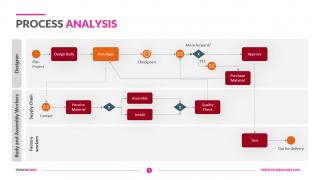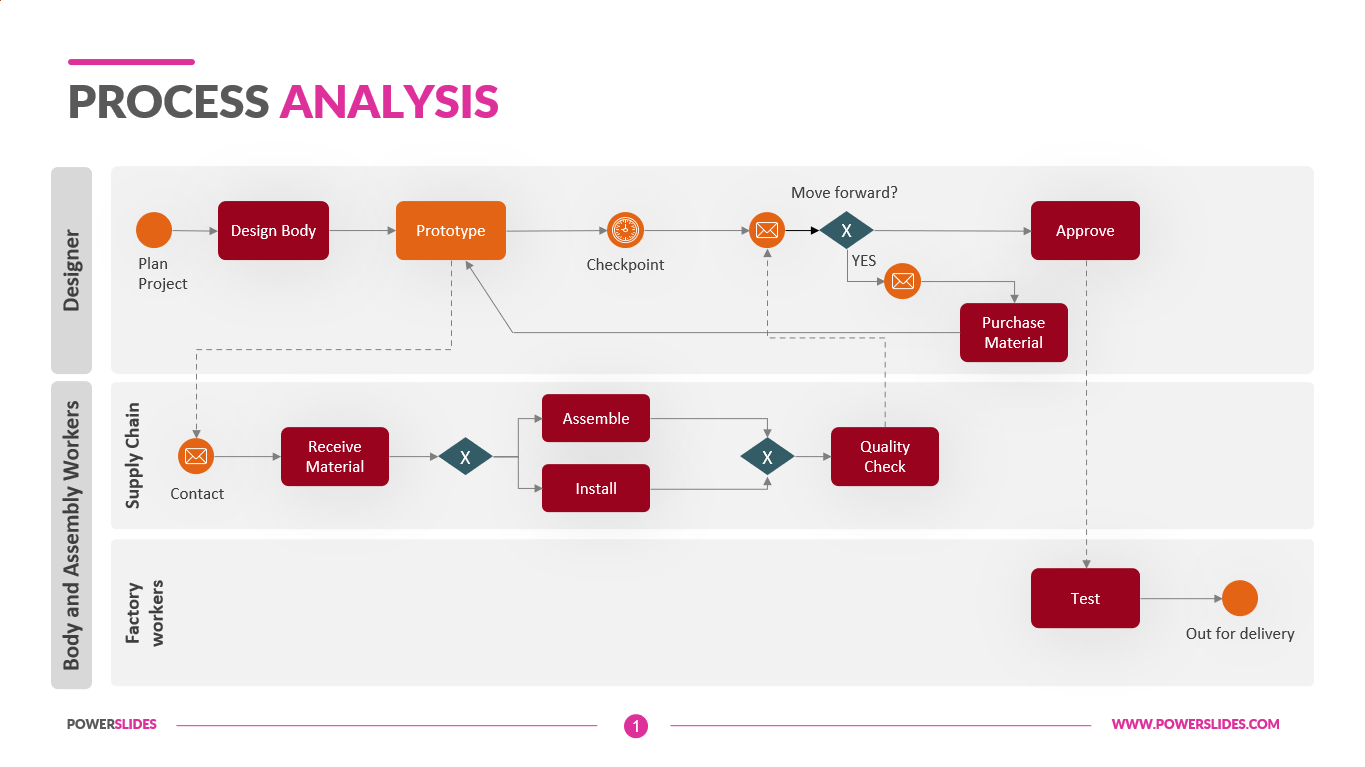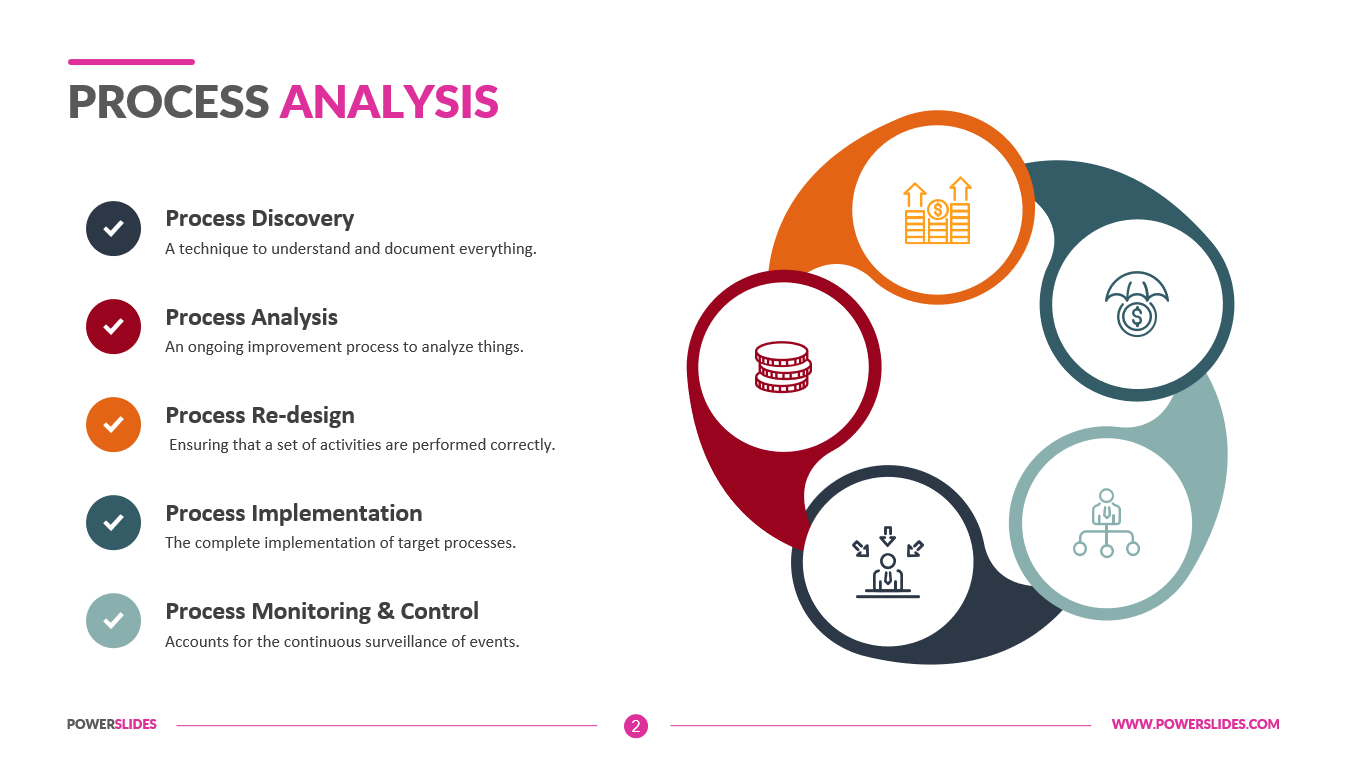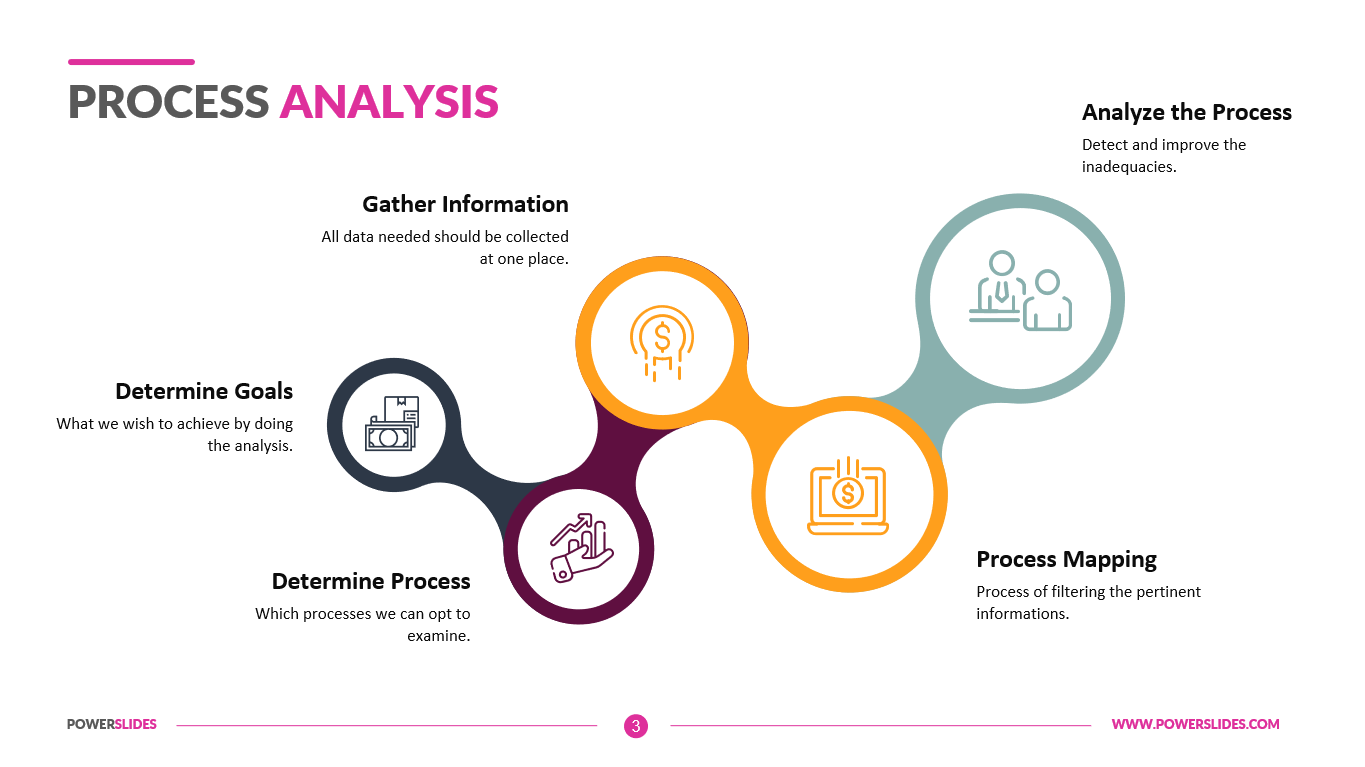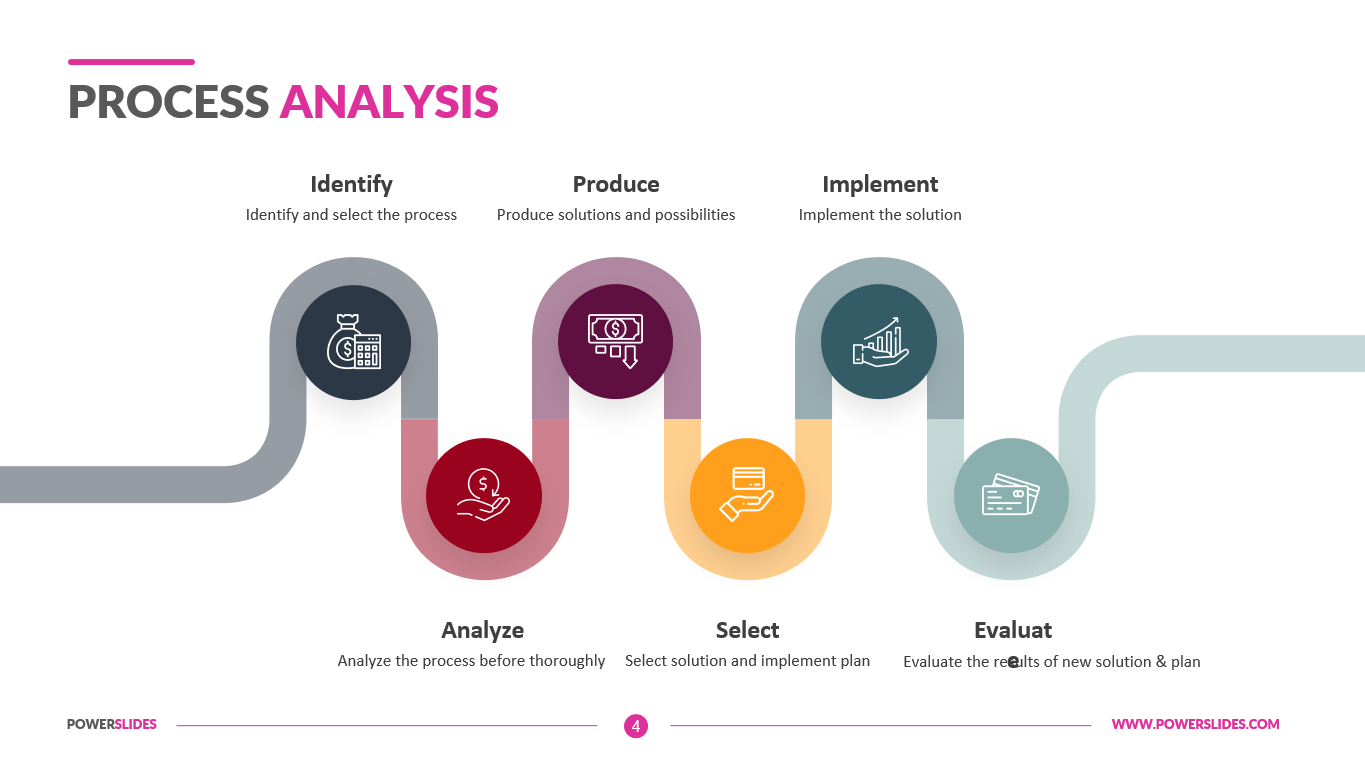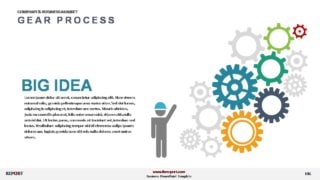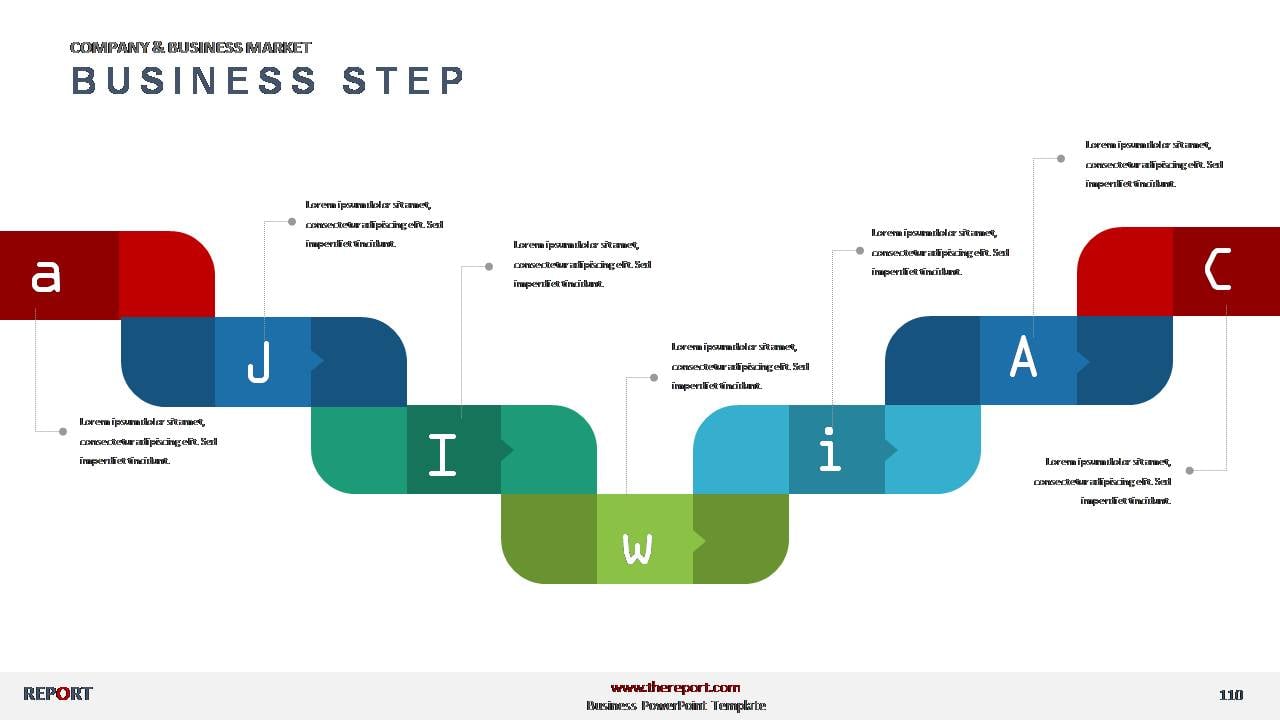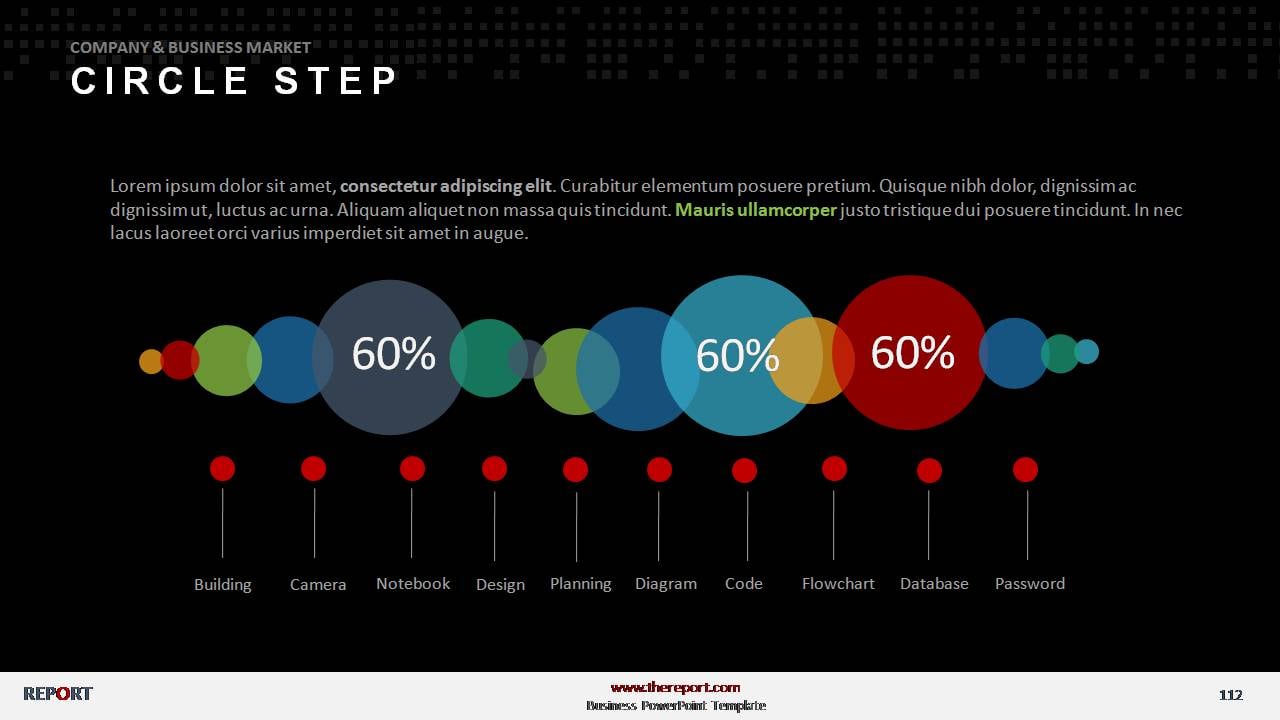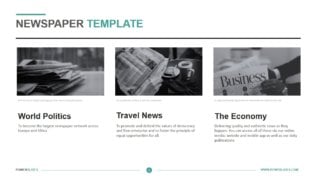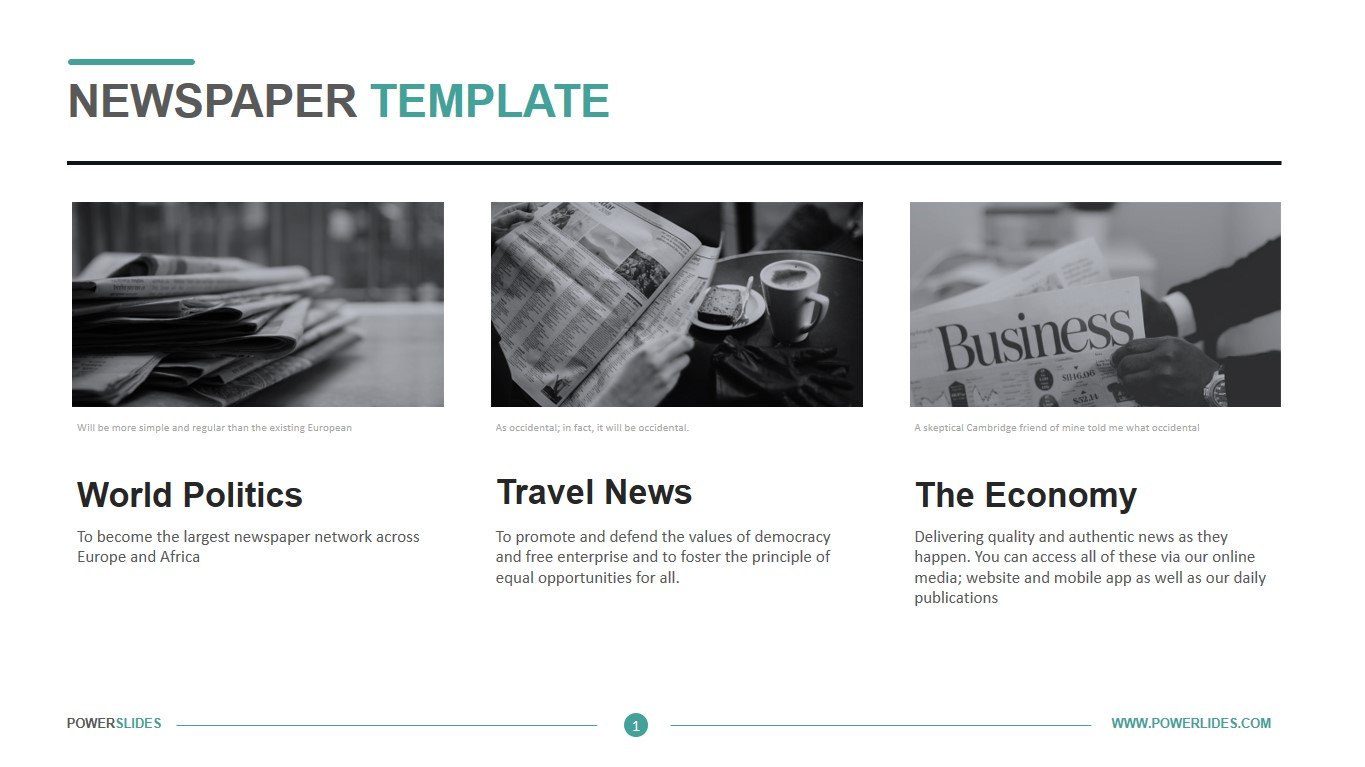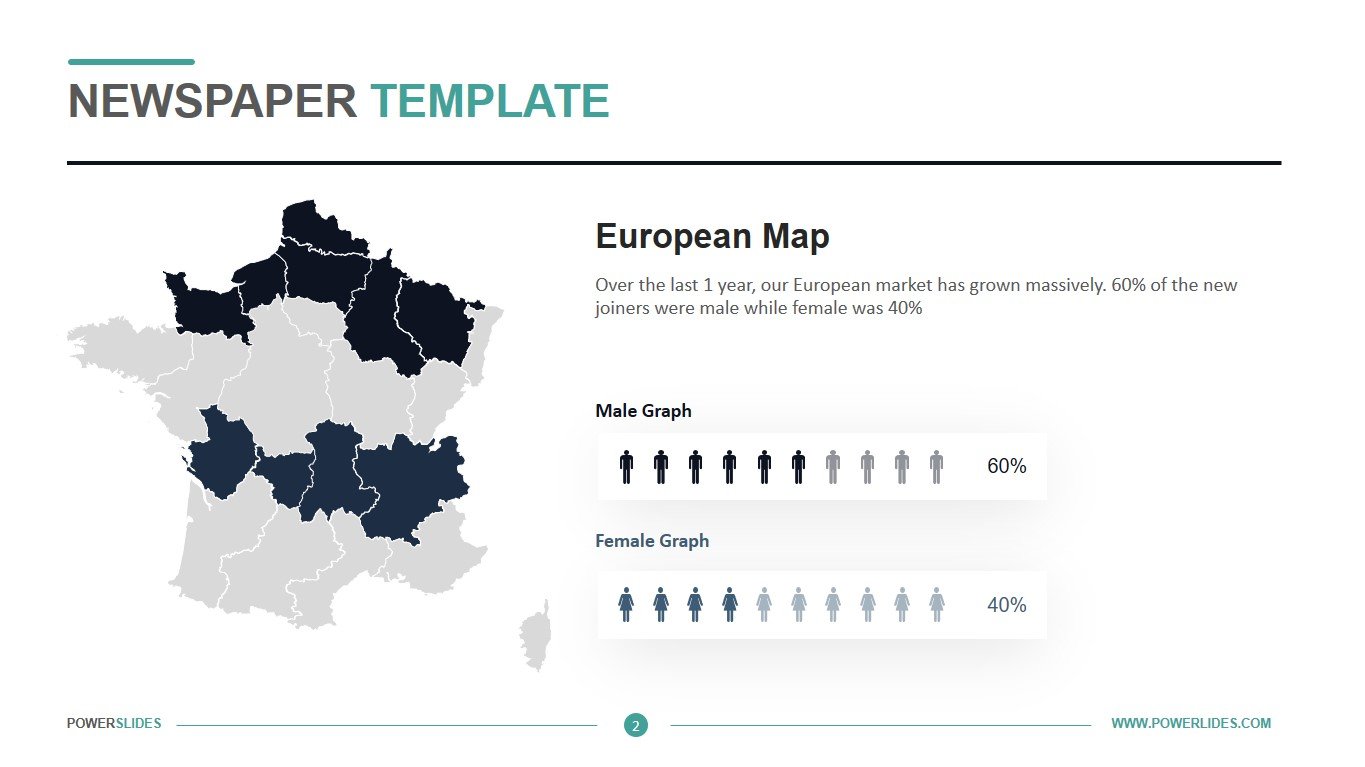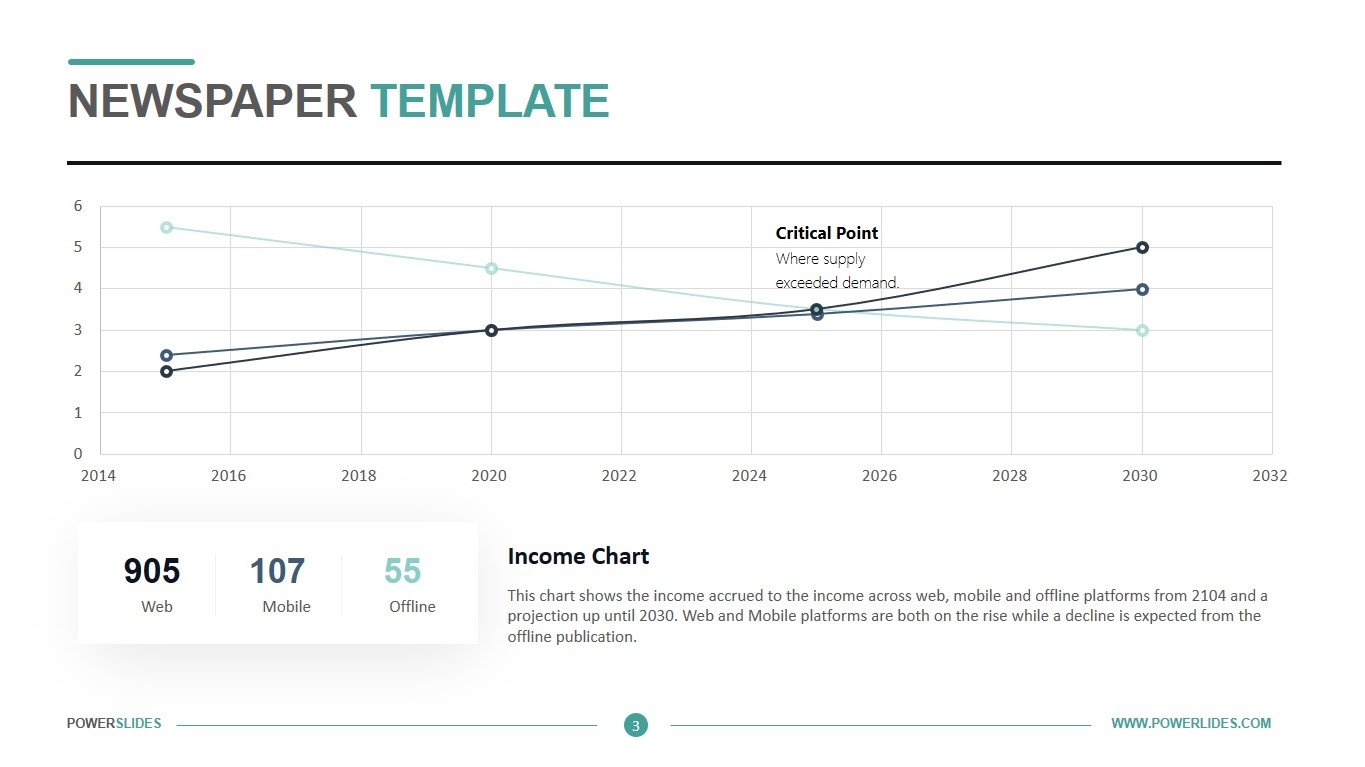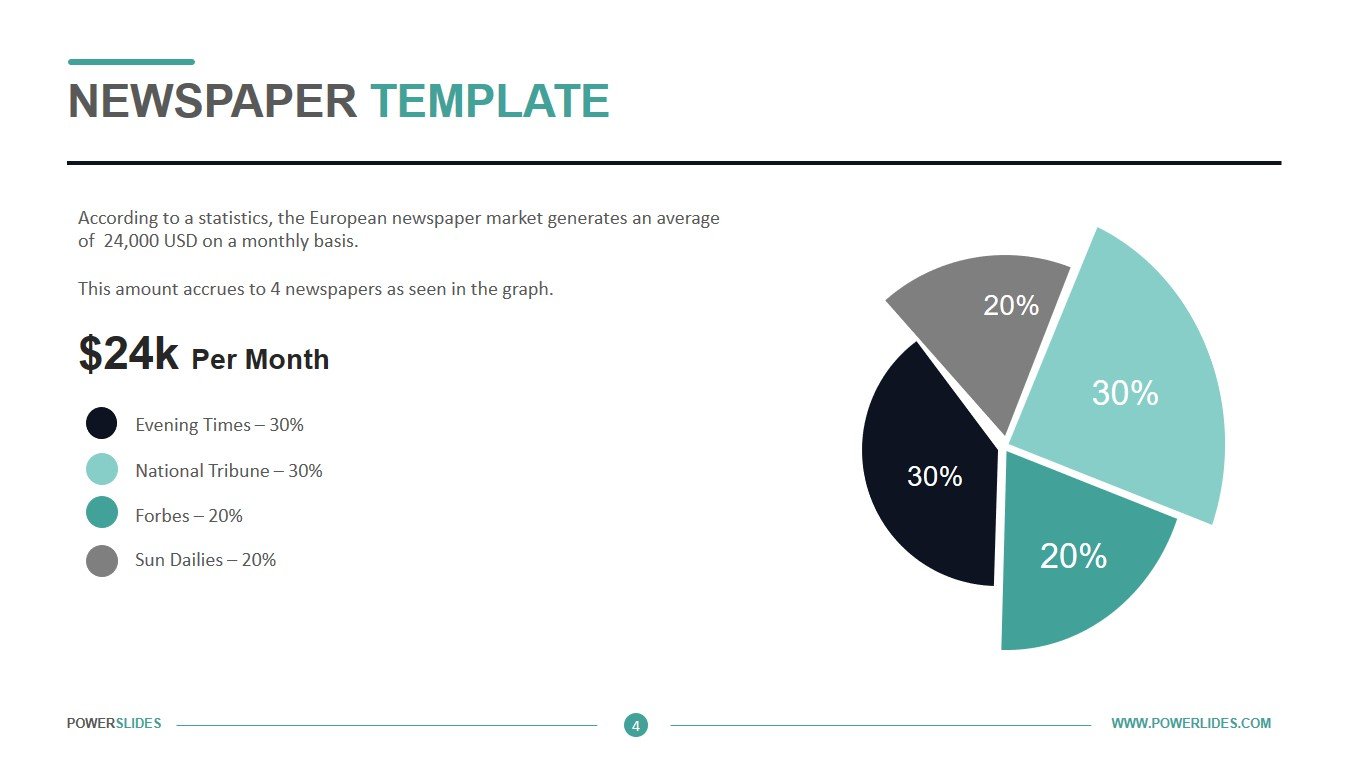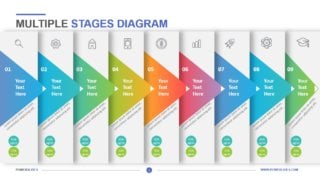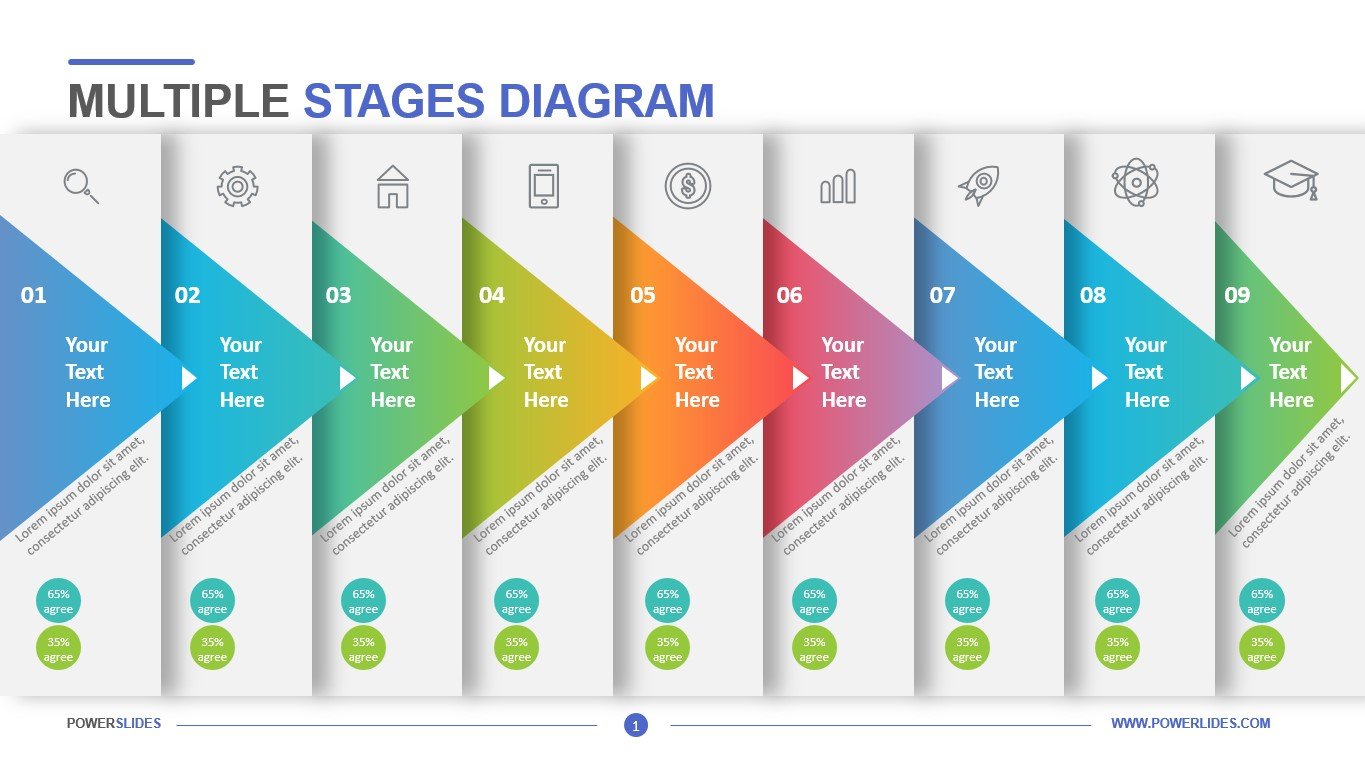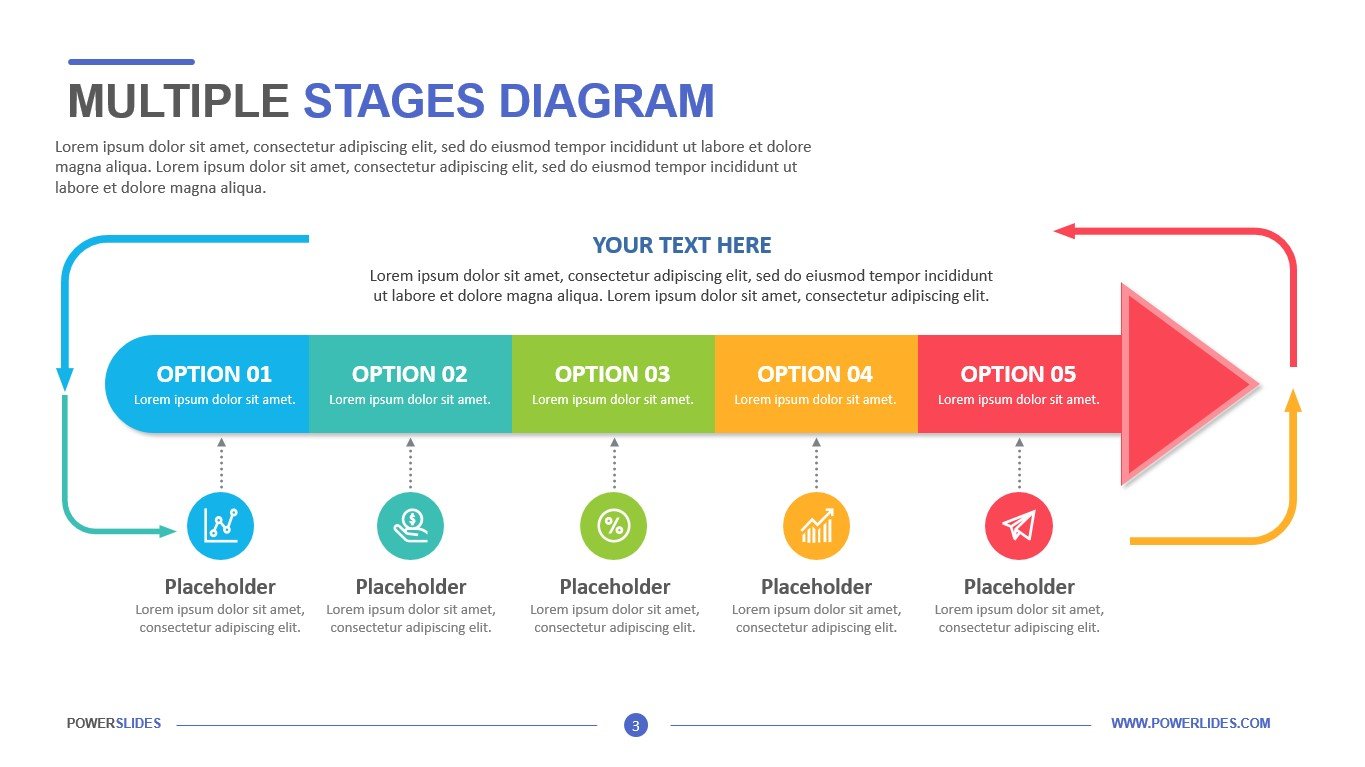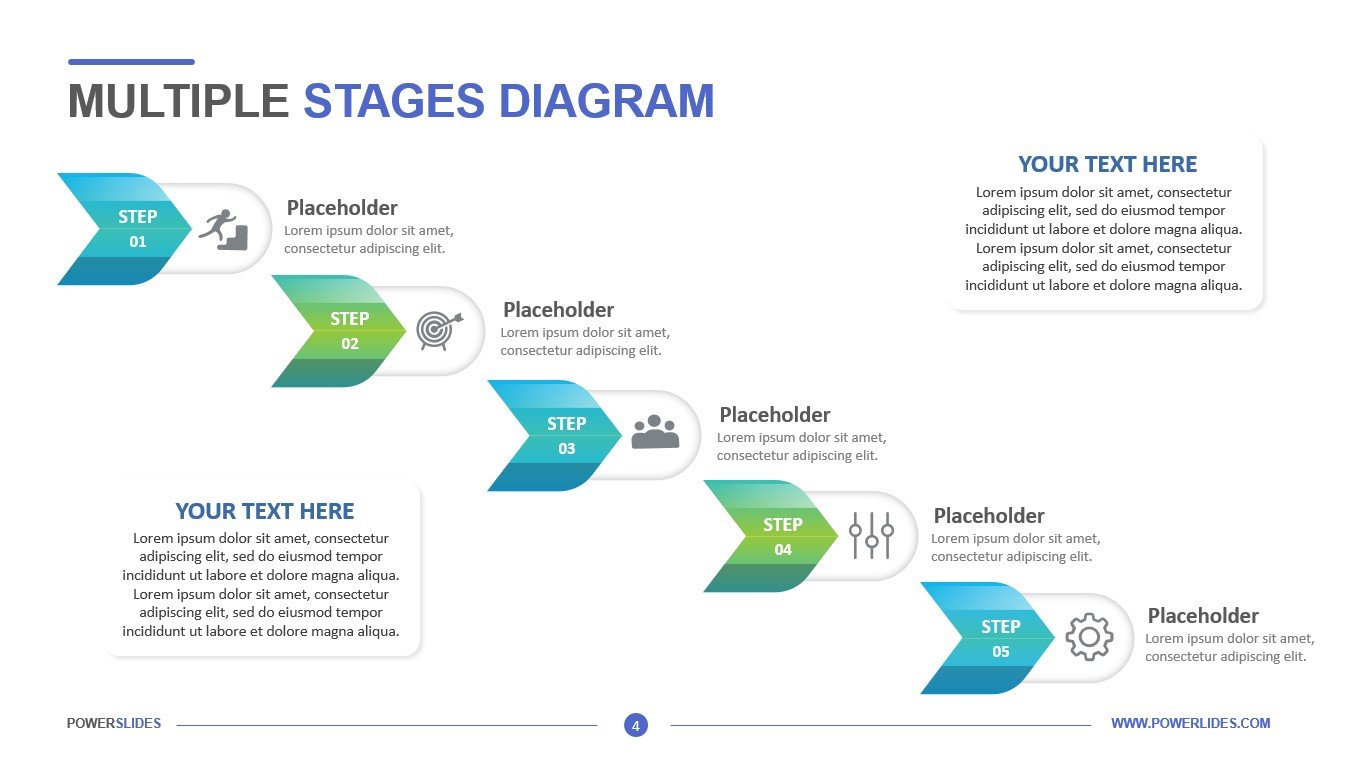Release Plan
 4 Slides
4 Slides
 File size: 16:9
File size: 16:9 
 Fonts: Lato Black, Calibri
Fonts: Lato Black, Calibri  Supported version
PPT 2010, PPT 2013, PPT 2016
Supported version
PPT 2010, PPT 2013, PPT 2016
Product details
The goal of Release Planning is to when various sets of usable functionality or products will be delivered to the customer which to enable the Scrum Team to have an overview of the releases and delivery schedule for the product being developed. With a longer-term plan, the team can align with the expectations of the Product Owner and relevant the project sponsor and provides us some answers for questions. When will we be done? Which features can I get by the end of the year? How much will this cost? Discover critical dates and milestones? Many organizations have its own cadence regarding release of products to its customers. Some choose to release every sprint. Others group the results of multiple sprints into one release as shown in the Figure below. Still others release as soon as each feature is completed, a practice often referred to as continuous deployment or continuous delivery. A release plan is a roadmap that reflects expectations about which features will be implemented and when they are completed. Depending on the development strategy, it may either be driven by functionality, in which the objective is to deliver a release once a predetermined set of functionality has been developed; or the planning may be driven by date, in which the release happens on a predefined check point. If the project is feature-driven, the sum of all features within in a release can be divided by the expected velocity. This will then result in the number of sprints needed to complete the requested functionality. A general delivery roadmap of releases could establish trust and expectation between your team and other stakeholders. Furthermore, Releases should take into account all the additional work that must be accomplished, such as updating the public website and training the customer support team. The Release plan is not a static plan which required to be from time to time as the way we manage the product backlog. When new knowledge is available (such as, entries in the Scrum Product Backlog are updated and adjusted), the Release Plan should be regularly revisited and updated accordingly.
The Release Plan Template consists of four slides in the same style. The first slide gives you the ability to define the number of product releases, the number of iterations in each release, the number of user stories for each iteration. Providing data in this way significantly reduces the time it takes team members to understand the entire development process. This slide will primarily be useful for team leaders, product owner and scrum master. The third slide of the template allows you to build a product roadmap. You can display, as a percentage, the number of user stories in progress, completed and in need of work. The slide will be useful in preparing for the weekly sprints. Also startups can use this slide. The last slide provides a roadmap for a long term project. You can specify the preliminary time of work on the site, the time of testing and the time of the final release. The Release Plan Template will also be useful to all companies that use Agile methods in their work.



 (4.67/ 5)
(4.67/ 5)


